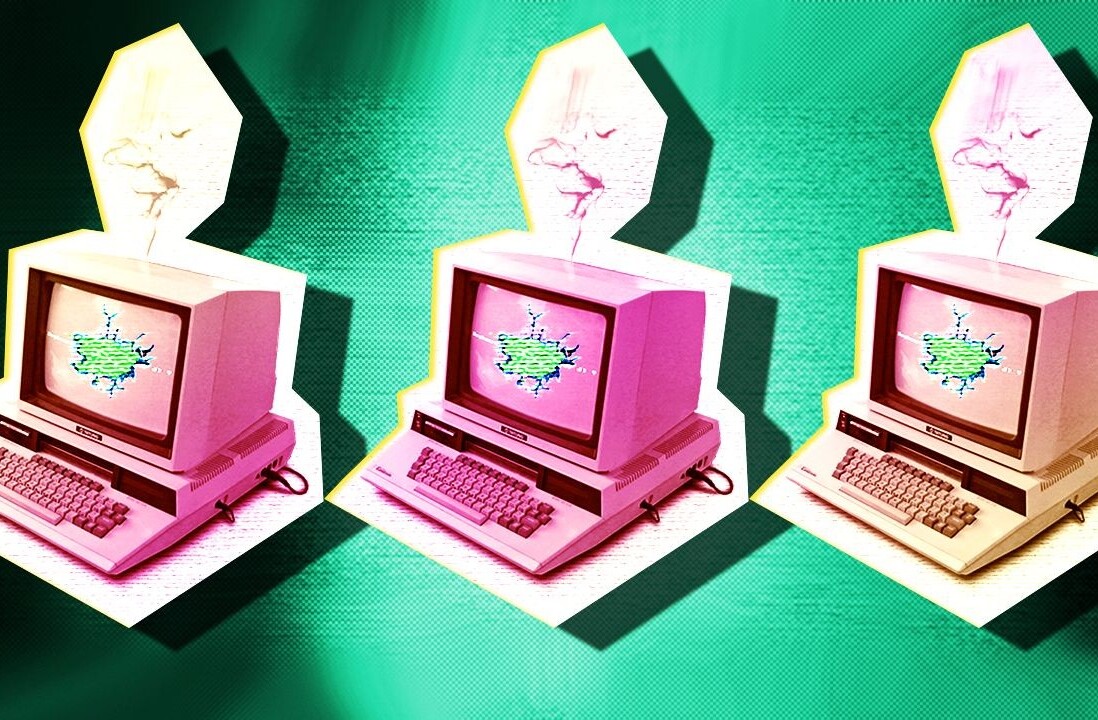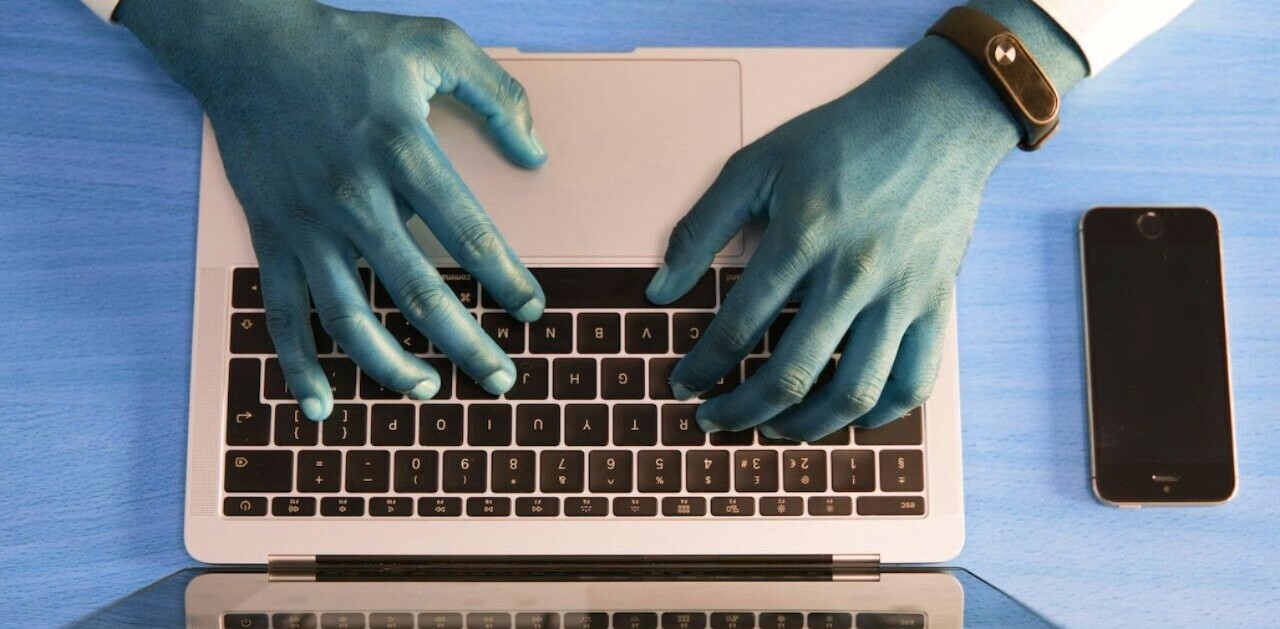
Many people think you have to live in California to build a billion-dollar business, but it should be obvious by now that this isn’t true.
I’ve always believed that Asia provides a unique opportunity to aspiring entrepreneurs, ever since I moved to South Korea in 2010. However, one thing is undoubtedly true – business in Asia is different from other parts of the world. But if you know how to approach it, you’ll be quick to grow.
So here are the five biggest discoveries that helped me adjust to doing business in East Asia, and I hope they’ll help you fast-track your idea.
1. Embrace the infrastructure
Startups across all Asian technology markets are working towards revenue generation for their products and services from the earliest stages. That is primarily enabled by the technology transformation in the region and Asia’s highly adaptable digital consumers, who are becoming enthusiastic about these technologies.
You can usually find thousands of manufacturers in any industry here, and all of them compete for the best terms. That ecosystem fuels itself, producing millions of professionals with significant experience that you can hire.
Asia also benefits from a modern and well-maintained infrastructure making logistics easier and South Korea enjoys some of the fastest internet speeds in the world. These two factors mean that both communication and transportation of goods can be somewhat stress-free.
Now, what does this all mean? Well, this allows Asian brands to launch brand-new products in a distinctively shorter time than their European and US competitors.
In my industry, this can be as little as six months, whereas, for big European and US brands, it would be close to a year or beyond – resulting in them being out of touch with their customers. This is then amplified by the fact companies benchmark very quickly – if you have a great business idea that becomes successful, you should expect rapidly appearing copycats.
Asia also has a higher-than-average share of patents in several technology areas, namely cleantech, robotics and drones, wellness and beauty, agriculture technology, space technology, digital human resources management, augmented and virtual reality, industrial cloud technology, and nanotechnology. Most of these are manufacturing-related and further validate Asia’s rising innovation capabilities in manufacturing sectors.
The Korean business landscape, in particular, can be challenging. Most of the local industries are controlled by Chaebols – powerful conglomerates which manufacture everything from toothpaste to cars and are responsible for 67% of the GDP. But that also creates a robust ecosystem of factories, suppliers, and professionals that you can employ.
2. Grasp cultural differences and how to work with people
If you want to work with people in Asia successfully, you need to understand the local culture. In my experience, Korean society, in particular, is built mainly on top of Confucianism and military hierarchy. Men must complete mandatory military service, resulting in the same discipline and order being filtered down to the commercial environment.
One of the first things you will notice when working in South Korea is the unmistakable work culture differences. For example, in Korea, your work colleagues are considered your second family.
You not only spend your workday with them, but you also go on regular weekend outings like hiking and usually a monthly dinner. I know colleagues in Europe or the US might get together, but it’s rarely frequent or as official.
People are also disincentivized from finishing work at the allocated time especially if their managers keep working – instead, they stay late to show their commitment, even if they spend unnecessary extra time on work that is already completed (i.e. presenteeism). You need to understand how your requests and your behavior might affect the people you work with.
Another factor worth pointing out, which is true of both work and personal life in Korea, is collectivism. Challenging a general idea voiced by your superiors or instruction is frowned upon and could lead to conflict. This can negatively affect the creative process, yet a non-confrontational atmosphere can benefit manufacturing time.
I think it’s also worth noting though that creativity is becoming more accepted in young startup companies, especially since many people under 40 have been educated in Europe and the US.
When I first got here, I often noticed that directors and managers of potential partners and suppliers weren’t accepting of me. I wasn’t just a foreigner; I looked too young for them to be a CEO of a business they would work with. With time, I learned more about this culture and found a local partner who helped establish a rapport with new contacts.
Combining two vastly different cultures has become a norm for us. We’ve heavily invested in local manufacturing run by Korean professionals and their timely execution.
Our marketing and sales on the other hand are managed exclusively by expats who have lived and worked in the US and Europe who bring their open, proactive culture. I’d advise any company entering this market to consider the pros and cons and find the right balance for themselves.
Just look at Samsung and Apple – two consumer electronics giants with global reach and loyal customer bases.
Samsung’s business model is focused on vertically integrating supply chains and ramping up production volume. Meanwhile, Apple honed in on design and user experience while outsourcing non-core activities such as manufacturing, making them a much more focused company.
These differences are exemplified in the failure of global names that have crashed in the Korean market, examples being Walmart, Carrefour, and Yahoo.
3. Learn what’s different about consumers in Asia
Countries like China or South Korea have only had a few generations of wealthy people. Through the rise of their economies, they only recently gained access to luxury brands and worldwide travel, and they have actively used that opportunity.
Public opinion heavily influences consumer choices as your peers expect you to show your wealth and buy appropriate goods – a stark difference compared to America’s mostly egalitarian culture.
The customers and consumers you will be selling to are also different and have unique consumption patterns. For example, they might look for groceries online for the lowest possible price but will then line up at a high brand store like Chanel for the latest brand collection, where it’s not uncommon to wait for 2-3 hours.
South Korean consumers’ behavior has increasingly followed developed economies’ consumption patterns. The consumer in Korea tends to be concerned with brand names and the health attributes of a product, but they also want a high-touch sales service.
Most notably, consumers are becoming less and less concerned with buying products made in South Korea and are increasingly inclined to purchase non-domestic products.
South Korean consumers are materialistic and aspire to live lifestyles that are being portrayed by the media. Increasingly money is viewed as a representation and sign of success along with an emphasis on publicly visible items because of their attached symbolic meanings and values.
4. Social media is king
My team and I sell our products worldwide and have personally experienced the differences in sales and marketing processes. In Europe, we usually get the best results by working with local distributors who use traditional marketing channels.
It can be challenging for the typical non-Asian marketer to adapt to the Asian consumer way of thinking as it often seems incorrect to the “Western Norm.” What I’ve found is that the packaging is critical.
Consumers want fun, bright, sleek, and minimalist designs along with catchy names. For specific categories, your packaging is your product and the key deciding factor in a purchase decision. It can sometimes feel as if the consumer cares less about whether it’s a good product or not than the overall buying experience.
The role of social media in Asia is amplified tremendously. While social media influencers are very common in Europe and the US, in Asia they work somewhat differently.
Influencers actively market and promote their client’s products; they run live streams talking about them and help form public opinion. If you have an up-and-coming product, you won’t have difficulty finding a plethora of relevant influencers and celebrities willing to share it with their audience.
5. Governments are supportive
The governments of the so-called Four Asian Tigers actively incentivize businesses and foreign investments. For instance, South Korea provides a special investor visa program that requires a very modest investment of around $90k that you can use almost right away to fund your operations.
Some programs can provide you with affordable office space, legal counsel, and registered agent services. What’s even more critical, regulators prefer to focus on large businesses while letting SMBs grow and expand with an element of freedom as long as they meet basic compliance.
They only get audited after crossing about $10M in revenue. So make sure to take full advantage of the support available to you if you launch a startup in Asia — it can make a huge difference.
Get the TNW newsletter
Get the most important tech news in your inbox each week.




